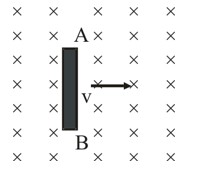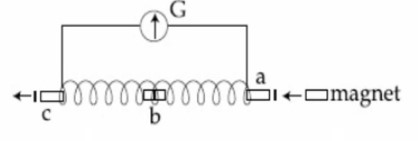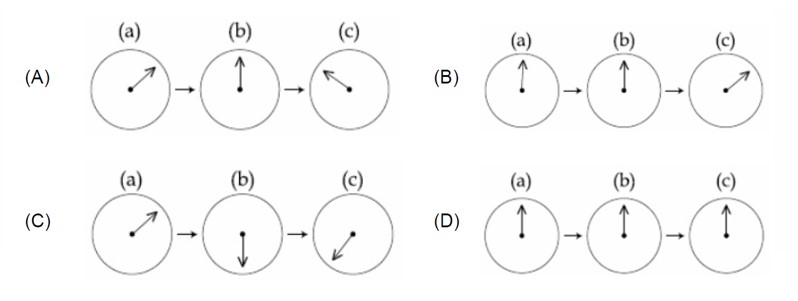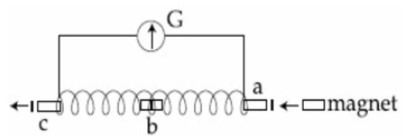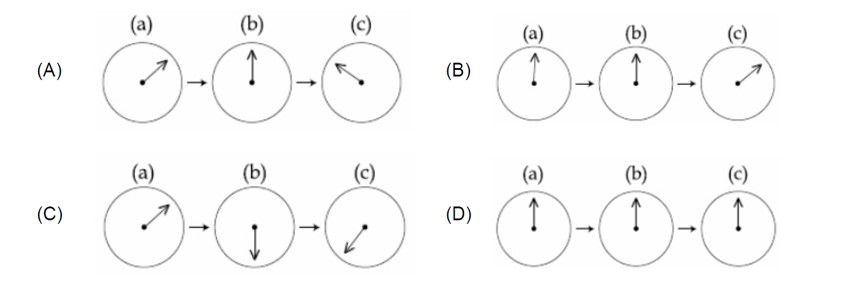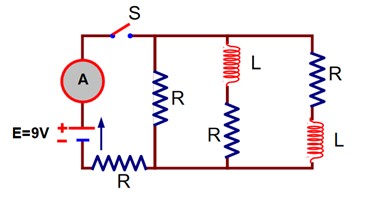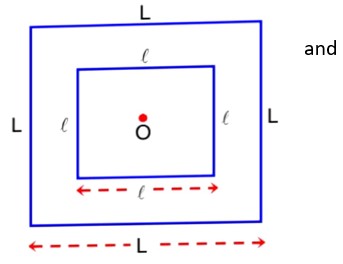Electromagnetic Induction
Get insights from 71 questions on Electromagnetic Induction, answered by students, alumni, and experts. You may also ask and answer any question you like about Electromagnetic Induction
Follow Ask QuestionQuestions
Discussions
Active Users
Followers
New answer posted
2 months agoContributor-Level 10
M = φ? /I? = (B? A? )/I? = [ (μ? I? /2R? )πR? ²]/I?
[Diagram of two concentric coils]
M = (μ? πR? ²)/ (2R? )
M ∝ R? ²/R?
New question posted
2 months agoNew answer posted
3 months agoContributor-Level 10
R =
L = 2 mH
E = 9V
Just after the switch 'S' is closed, the inductor acts as open circuit.
New answer posted
3 months agoContributor-Level 10
At any time
e will be maximum when
is ![]() .
.
e will be minimum when
is
So, answer will be (1).
New answer posted
3 months agoContributor-Level 10
Assuming current 'i' In outer loop magnetic field at centre
M =
=
Taking an Exam? Selecting a College?
Get authentic answers from experts, students and alumni that you won't find anywhere else
Sign Up on ShikshaOn Shiksha, get access to
- 65k Colleges
- 1.2k Exams
- 679k Reviews
- 1800k Answers

